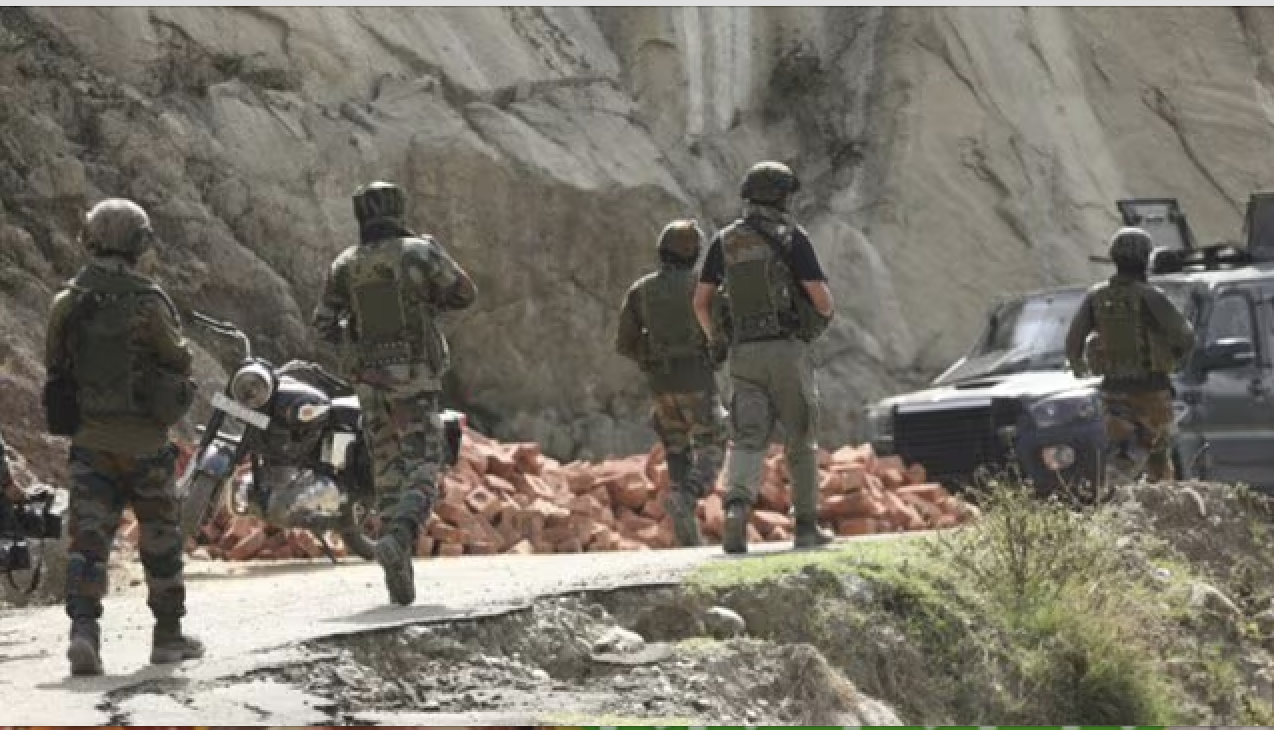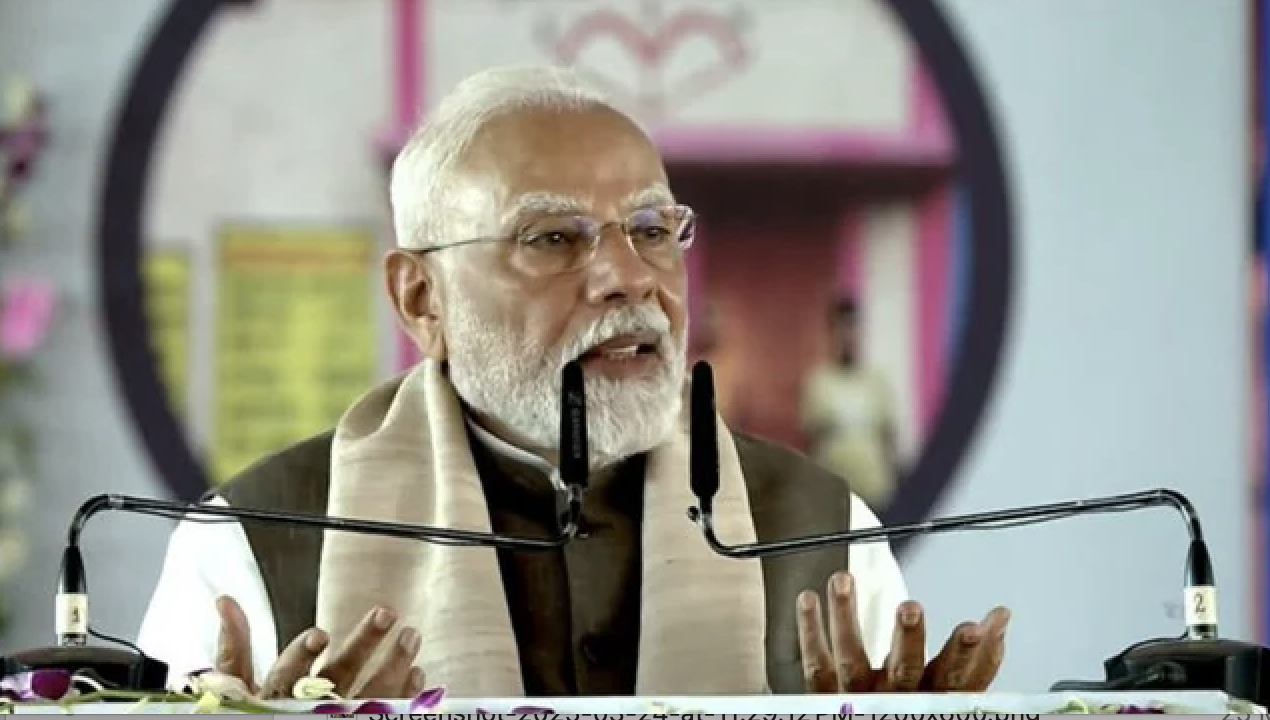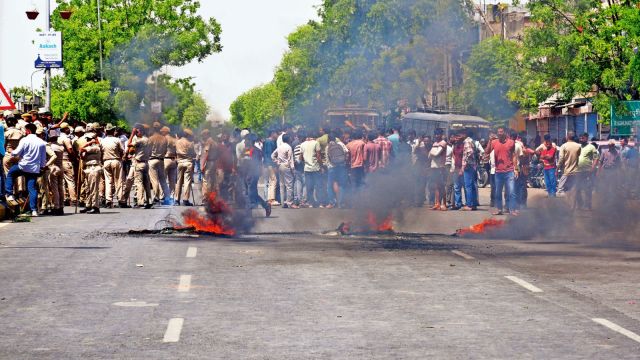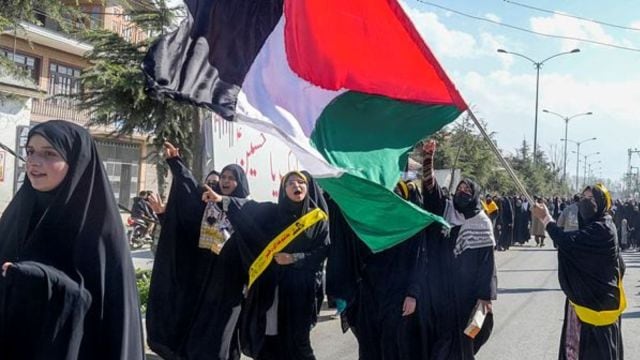By HW Staff Writer
On April 8, a Civil Court in Varanasi, a town in the Indian state of Uttar Pradesh ordered the Archaeological Survey of India (ASI) to conduct a “comprehensive physical survey” of the Gyanvapi Masjid compound. The mosque is right next to the Kashi Vishwanath Temple.
Senior Division Judge Ashutosh Tiwari ordered the ASI Survey to be exercised by a five-member committee, which will be headed by a court-appointed Chair – without any media briefings and the expenses of which will be borne by the Uttar Pradesh government. The court passed the order while hearing a petition filed by Vijay Shankar Rastogi to determine whether the mosque was built over a temple or not.
Archaeo(il)logical Survey of India?
This isn’t the first time the ASI has been handed inspection of a Muslim religious site. It was the 2003 ASI survey report of Babri Masjid that the Supreme Court (SC) of India had referred to in its November 2019 judgment while granting the entire portion of disputed area for construction of Ram Mandir. The ASI in its report had claimed that remains of a “Hindu structure” were found at the disputed site leading to strong proofs “suggestive of a structure of Hindu origin.” The Court while pronouncing a final verdict had resonated ASI’s conclusions that the foundation of the 16th-century mosque was based on the walls of “a large pre-existing structure that dates back to the twelfth century.”
Contents of ASI’s final reports in many instances have received welcome, speculation, doubt, and furor from time to time and it is no surprise that more media coverage, more arguments in favor or against the report will arise. However, the SC’s special mention of the ASI final report in the Ayodhya verdict had sealed the deal for its supporters.
Speaking of facts, researchers who worked with the survey team in the 2003 excavation have an altogether different observation. As first-hand participants and prime witnesses to a long phase of ASI excavations at Ayodhya’s Ram Janmbhoomi-Babri Masjid site in 2003, researchers Supriya Varma and Jaya Menon have detailed ample irregularities in its calculation methods, hinting they were “outdated” and were carried out with a modus operandi being “preconceived of discovering the remains of a temple beneath the demolished mosque.”
A study published by Varma and Menon on The Economic & Political Weekly (EPW) in December 2010, objected to the dubious procedures followed while executing the court’s excavation orders. Both the researchers also expressed dismay at the Final Report, stressing that there is “little doubt that ASI archaeologists see themselves primarily as bureaucrats” and “suffer from a serious absence of academic engagement and training.”
Discussing its research methodology, Varma and Menon underlined that it is an “uncritical use of early texts that marks the kind of historical archaeology practiced by the ASI”, hinting that the 2003 physical survey of the then disputed site lacked reflexivity, upgradation and latest innovative research techniques. In clear observation of the whole process, the researchers accused ASI of “selectively altering the evidence to suit its hypothesis.”
Two Aprils
It was the April of 1991, at New Delhi’s Boat Club that the Vishwa Hindu Parishad (VHP) had launched the then Mandir Mission officially with the chants of “Mandir Wahin Banayenge (We will make the temple there)”, thus making Uttar Pradesh a significant battleground for all political tie-breakers then onwards. Cut to the present, Ram Mandir’s foundation stone was laid down in August 2020 amid the worst pandemic of the last few centuries and now the Gyanvapi Masjid is under the scanner.
Given that the state enjoys unique positioning as a hub of the greatest political gambits, it takes no political genius to understand that Uttar Pradesh has already ushered into an era of Hindu state of sorts. But be it 1991 or 2021 – are these Two Aprils any different from each other?
“Mandir Wahiin Banayenge” slogans in April 1991 at New Delhi was actually a slingshot to December 6, 1992. Horrific images of the Babri Masjid razed to the ground flashed on all major international and national televisions. Muslims screamed, agitated and cried watching the scenes as criminally charged Sangh Parivar leaders and followers climbed up on the dome and demolished it with great vigour, in broad daylight as thousands of security forces watched as mute spectators.
Thirty years after the Babri Masjid demolition, the resolve of Hindutva groups supported by BJP is only getting stronger, especially in Uttar Pradesh which is witnessing a full-blown anti-Muslim campaign through mob lynchings, arbitrary arrests, love jihad, ghar wapsi, incarceration of journalists and silencing of activists and grave underreporting of custodial torture of members of minority communities.
Déjà vu Babri?
In the 1989 General Elections, while Congress paid for its past mistakes, it paved the way for a unique coalition government under V P Singh, who had charmed the country with his nascent National Front encompassing an unthinkable milieu of BJP, Communists and various other regional parties.
However, tensions arose soon over the Kashmir conflict, land bills, and the Babri Masjid complex. V P Singh masterfully countered this series of revolts through his announcement of implementing the controversial Mandal Report advocating quotas for OBCs. The BJP infuriated at losing out majoritarian Hindu support now needed a new fire to fuel their mission and hence the strongest player was revived – the Mandir issue.
In April 1991, at New Delhi’s Boat Club, VHP launched its Mandir Mission keeping the mid-term general elections in view. Soon every Hindu leader, Hindu group, and association resonated with one unified voice – “Ayodhya-Babri, sirf jhaanki hai, Kashi-Mathura baaki hai (Ayodhya-Babri is only the beginning, Varanasi and Mathura are the way forward).” With that, BJP threw its ace thus springing hope through elaborate Yatras where Hindu devotees from all castes, colors, and classes erupted in crores – united by one goal – the Mandir Mission.
Between 1990 and 1992, the Mandal versus Mandir debacle raged killings, riots, hatred and eventually the demolition of the Babri Masjid, spearheaded by BJP’s then Man of the Moment – L K Advani. In two years, several of these colorful yatras led by Advani flooded states like Gujarat and Uttar Pradesh leaving rioting mobs, bloody trails and upscaled violence. Gradually, as BJP’s Yatra progressed from towns to cities, misinformation and rumors spread like wildfire resulting in extreme violence all over the country. From Kanpur, Meerut, Saharanpur in UP and Sitamarhi in Bihar and Surat in Gujarat to Bhadrak in Odisha, riots engulfed the country.
Months later, L K Advani leading the bandwagon of kar sevaks inside the Babri Masjid complex was finally felled on December 6, 1992, in the presence of Advani and a host of top BJP and VHP leaders, followed by eruption of agitations in all corners of India.
The nature of countrywide riots in 1992 reminds one of the kind that was unleashed by Hindutva mobs last year in New Delhi where “organizations and people of the majority community, with active state protection and support, attacked the properties and bodies of Muslim residents”.
These weren’t abrupt, rather orchestrated and systematic against Muslims as noted in Delhi Minority Commission’s report in the aftermath of Delhi violence.
As India continues to see a huge surge in Islamophobia, one only needs to read the Babri Demolition timeline afresh to understand that the current circumstances might actually be a build-up to another Babri, only that the location is now Gyanvapi Masjid near the Kashi Vishwanath temple. From April 1991 to April 2021, only the names of temples have changed.
Two Aprils, thirty years apart, everything is the same – from perpetrators, victims to slogans. With a communally charged MODI-fied India and mob mentality a new tiebreaker in the dance of democracy, is another Babri underway?






